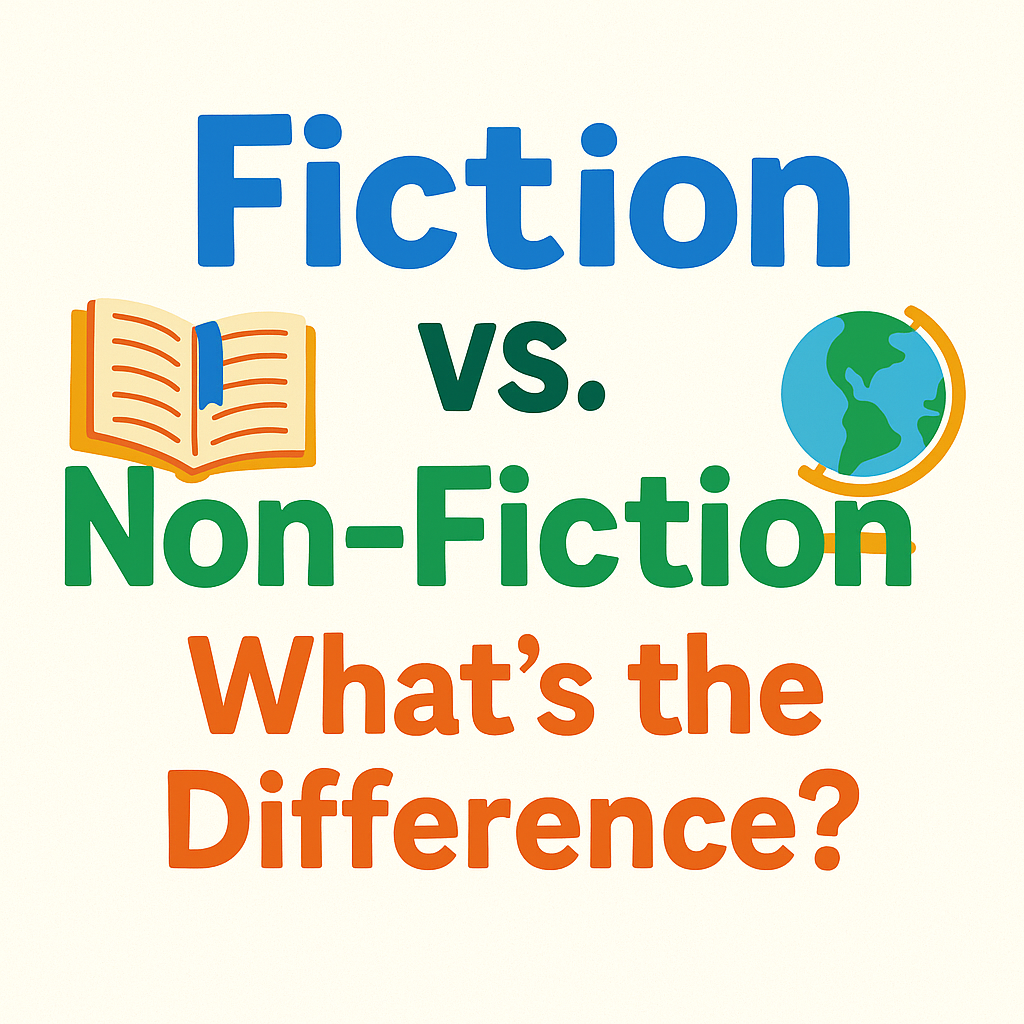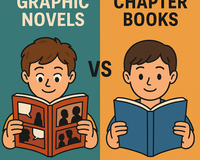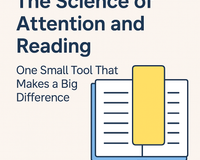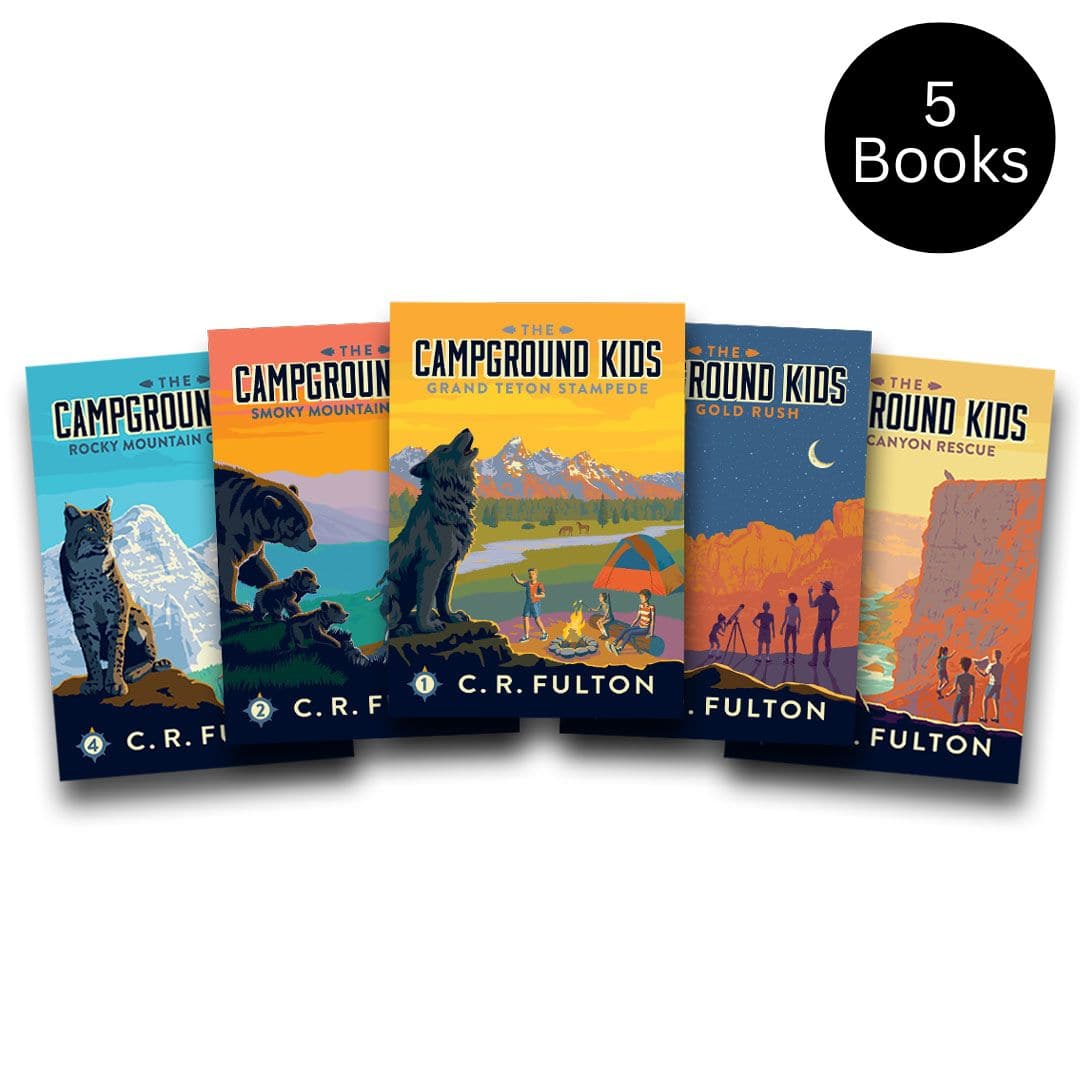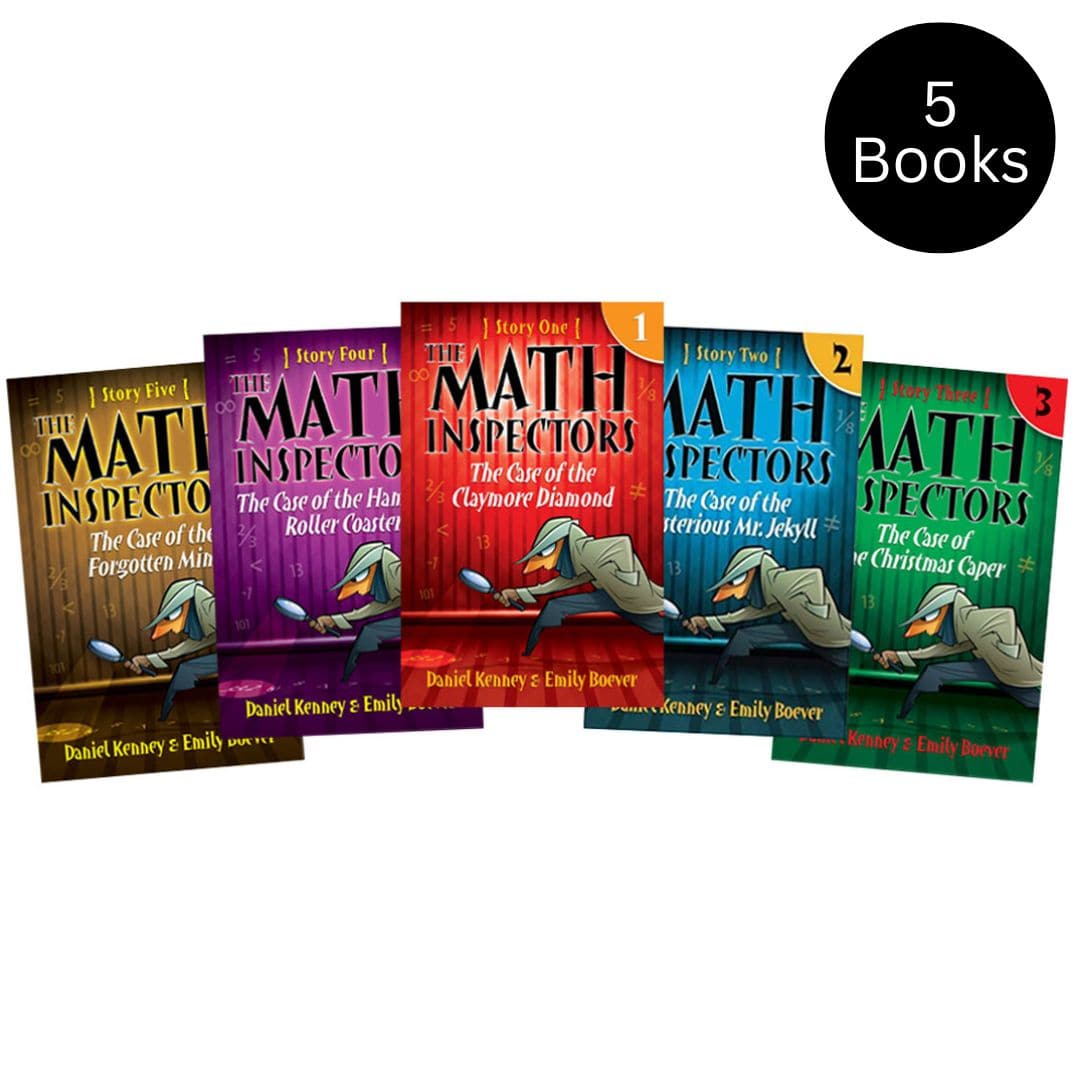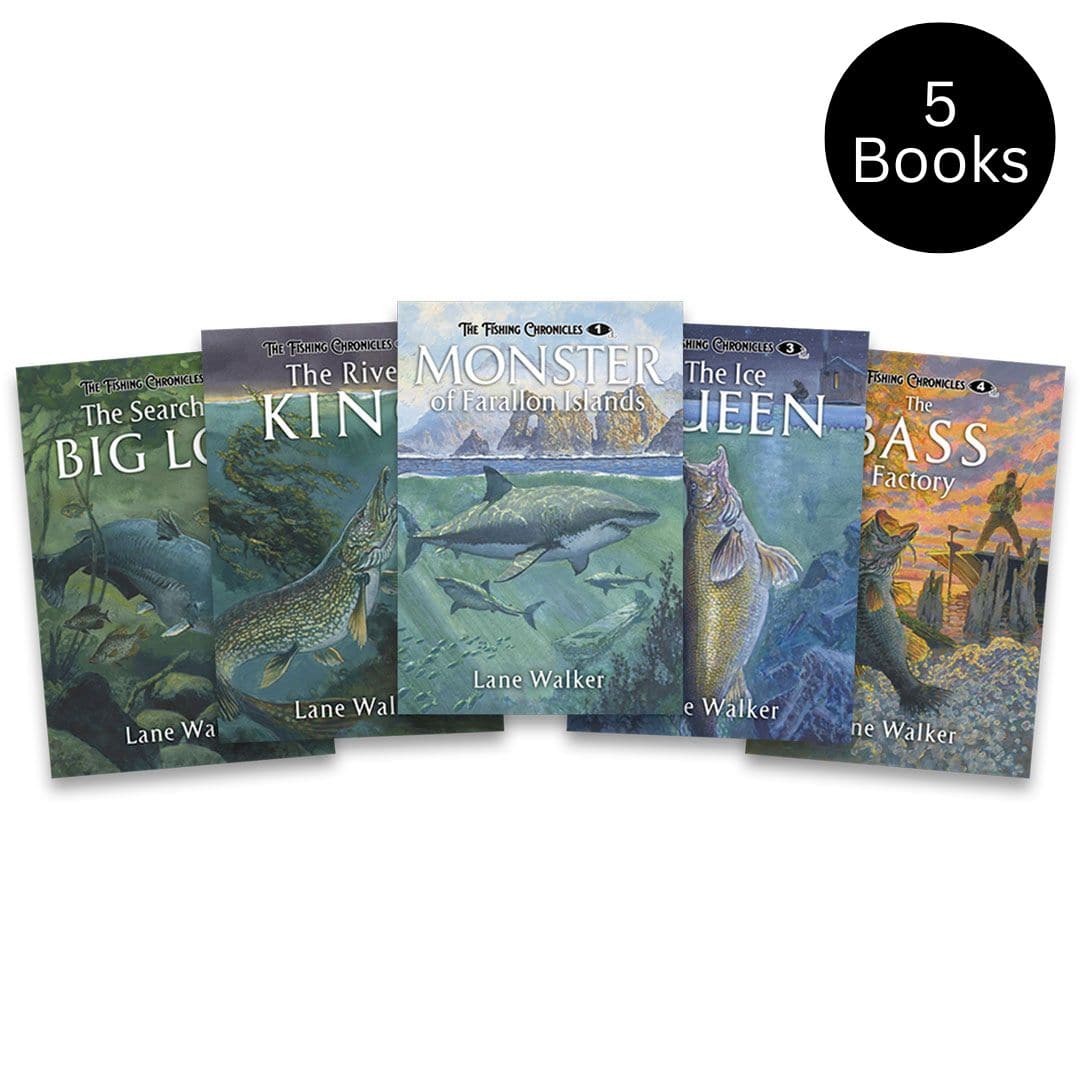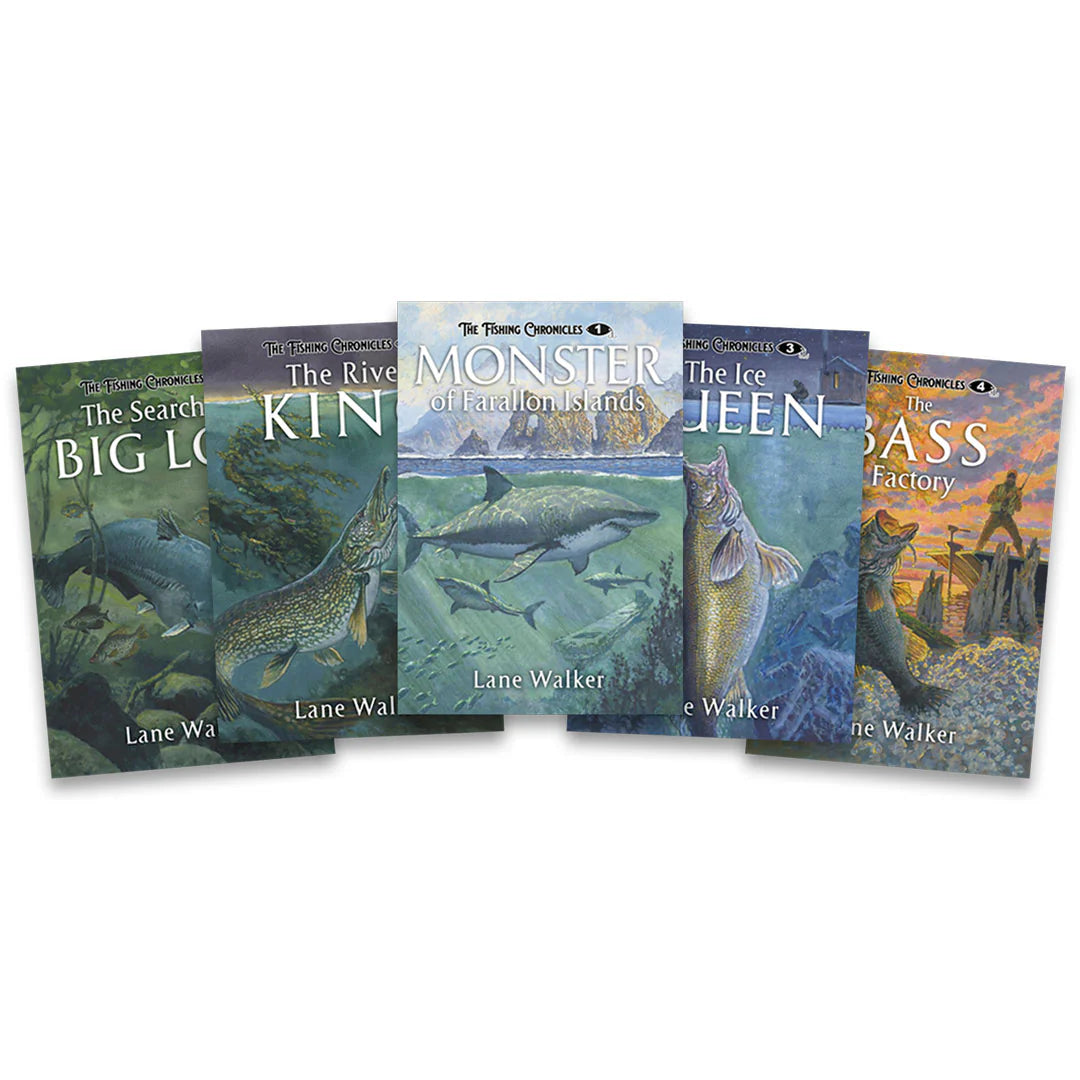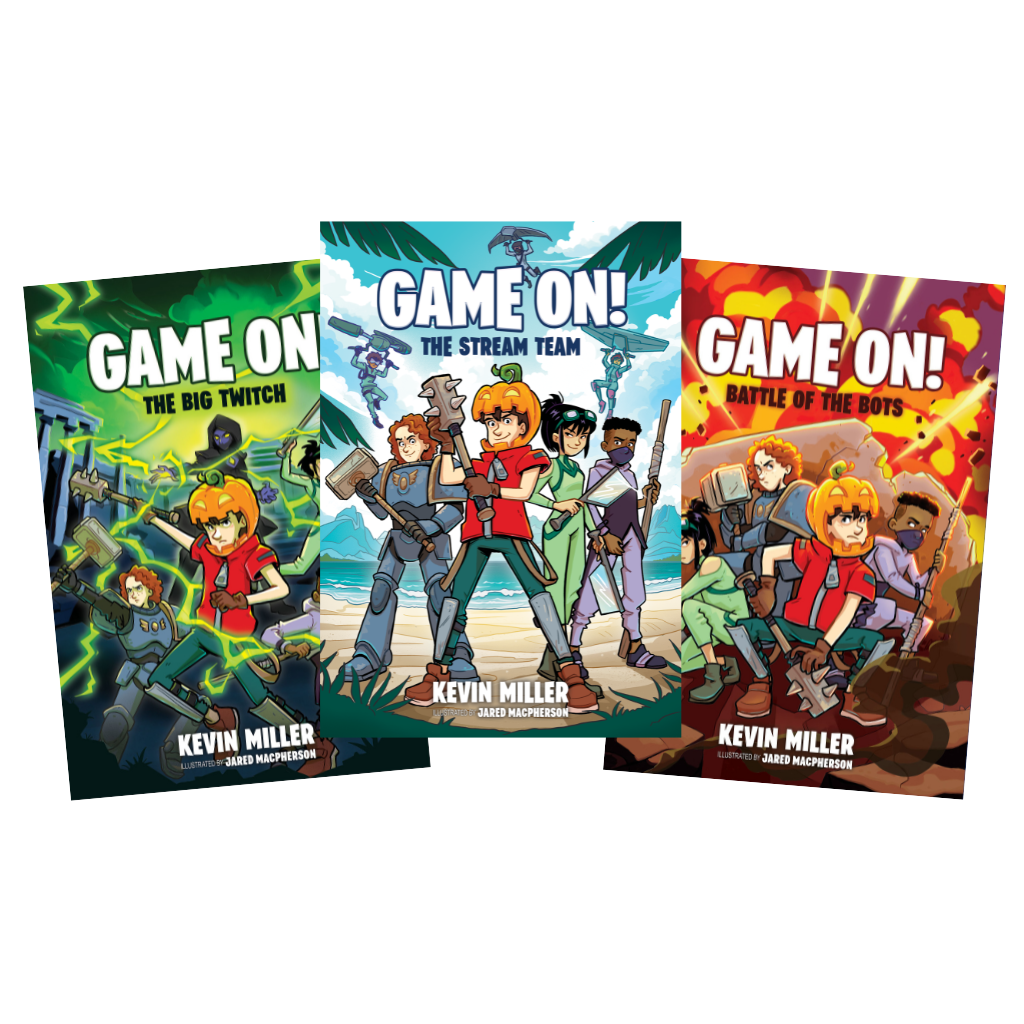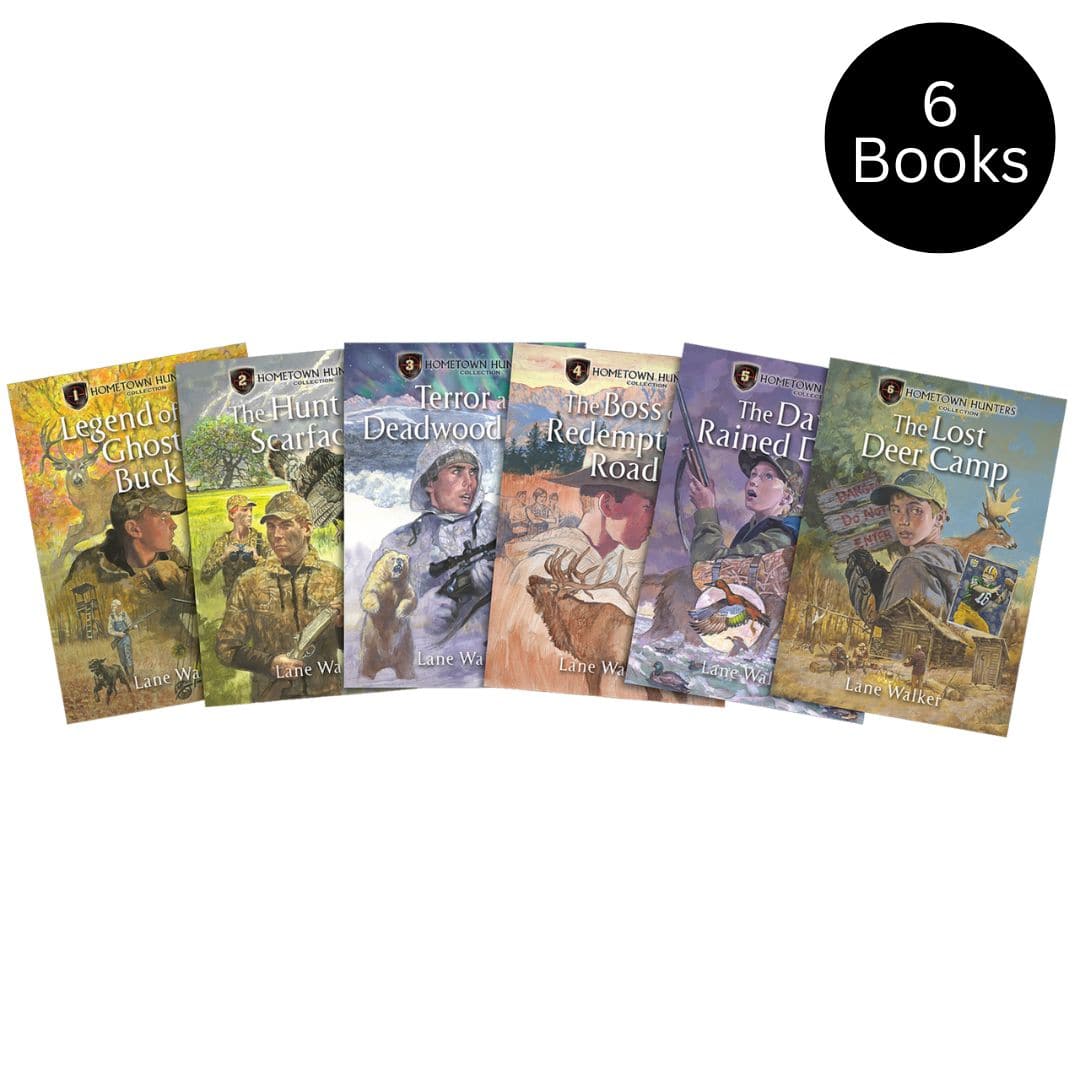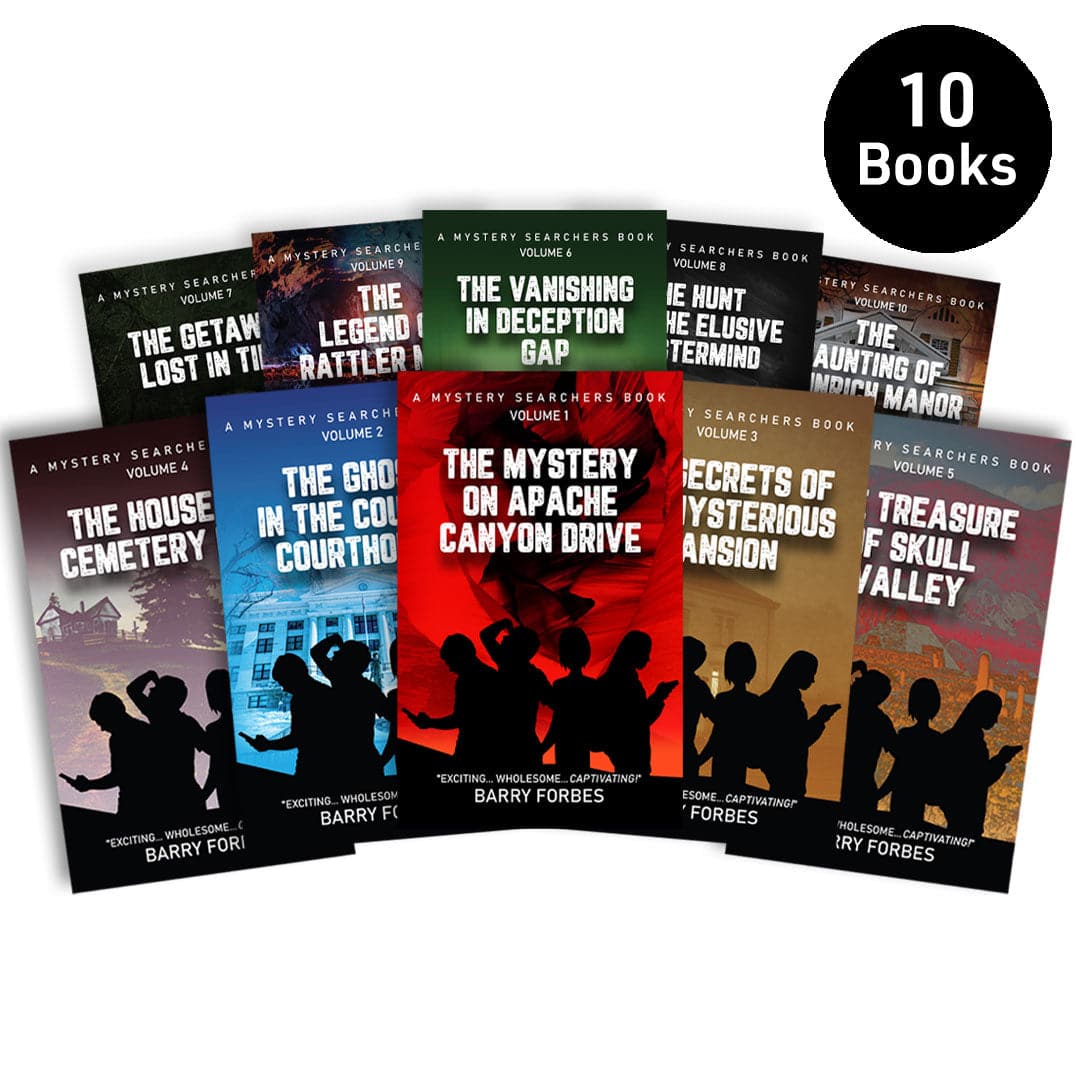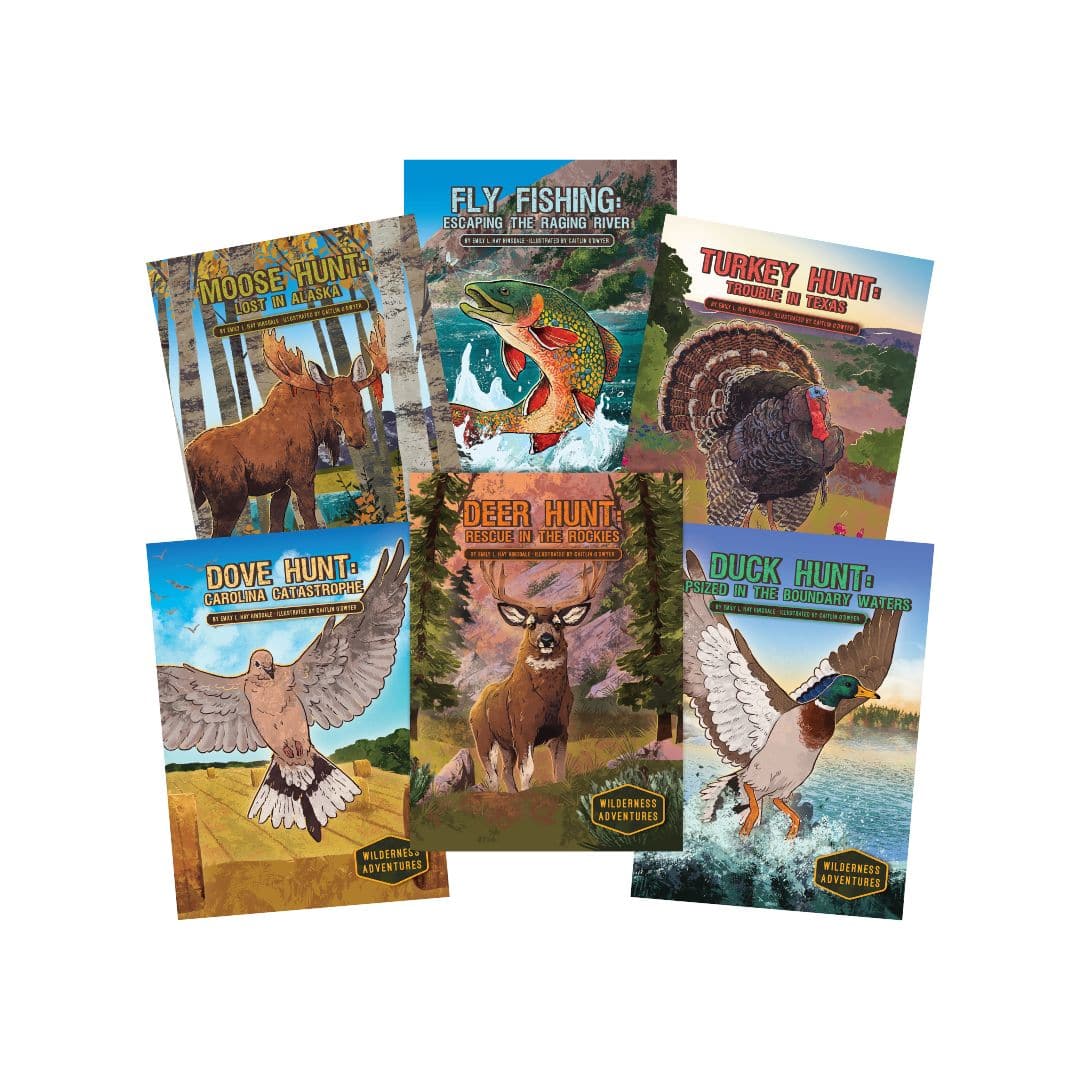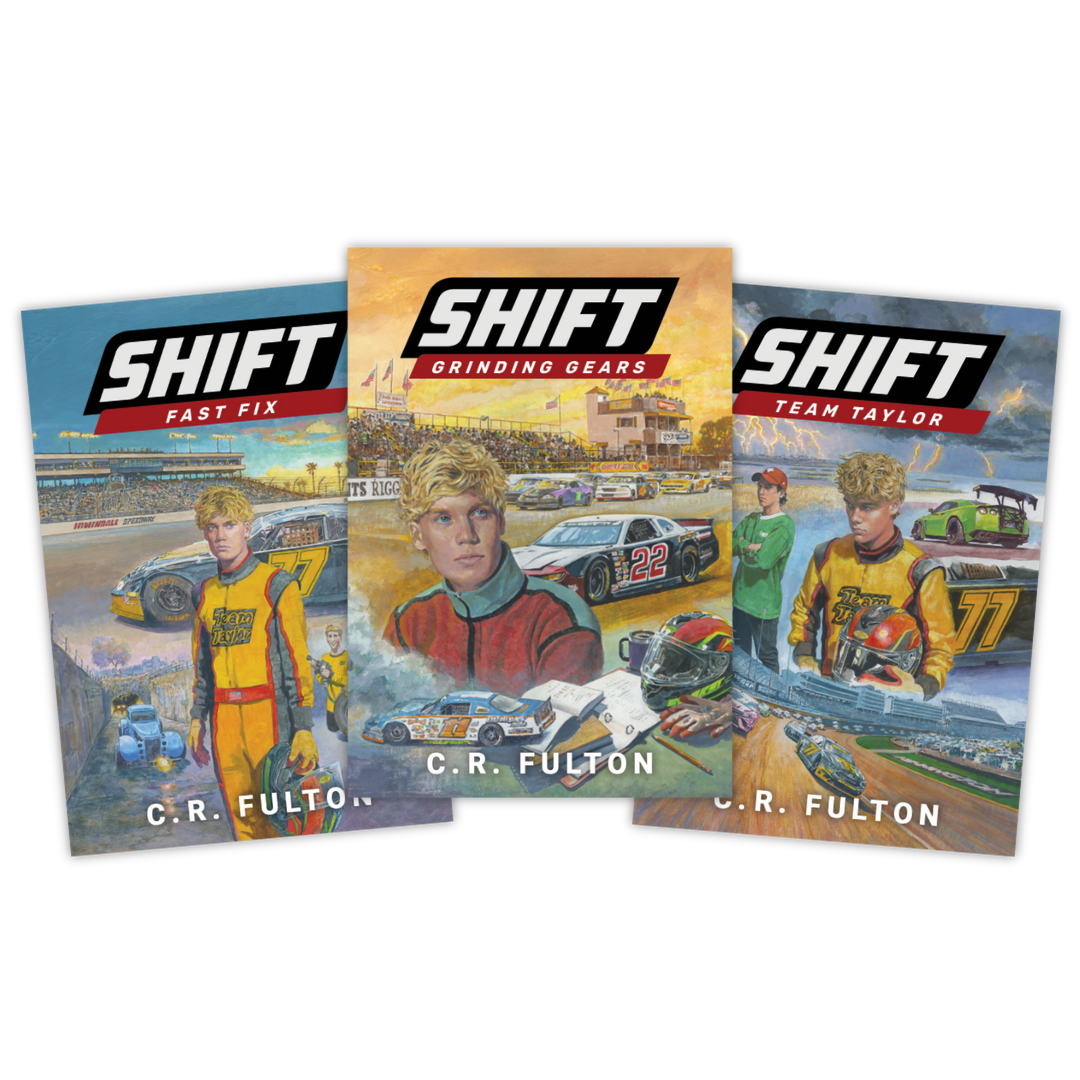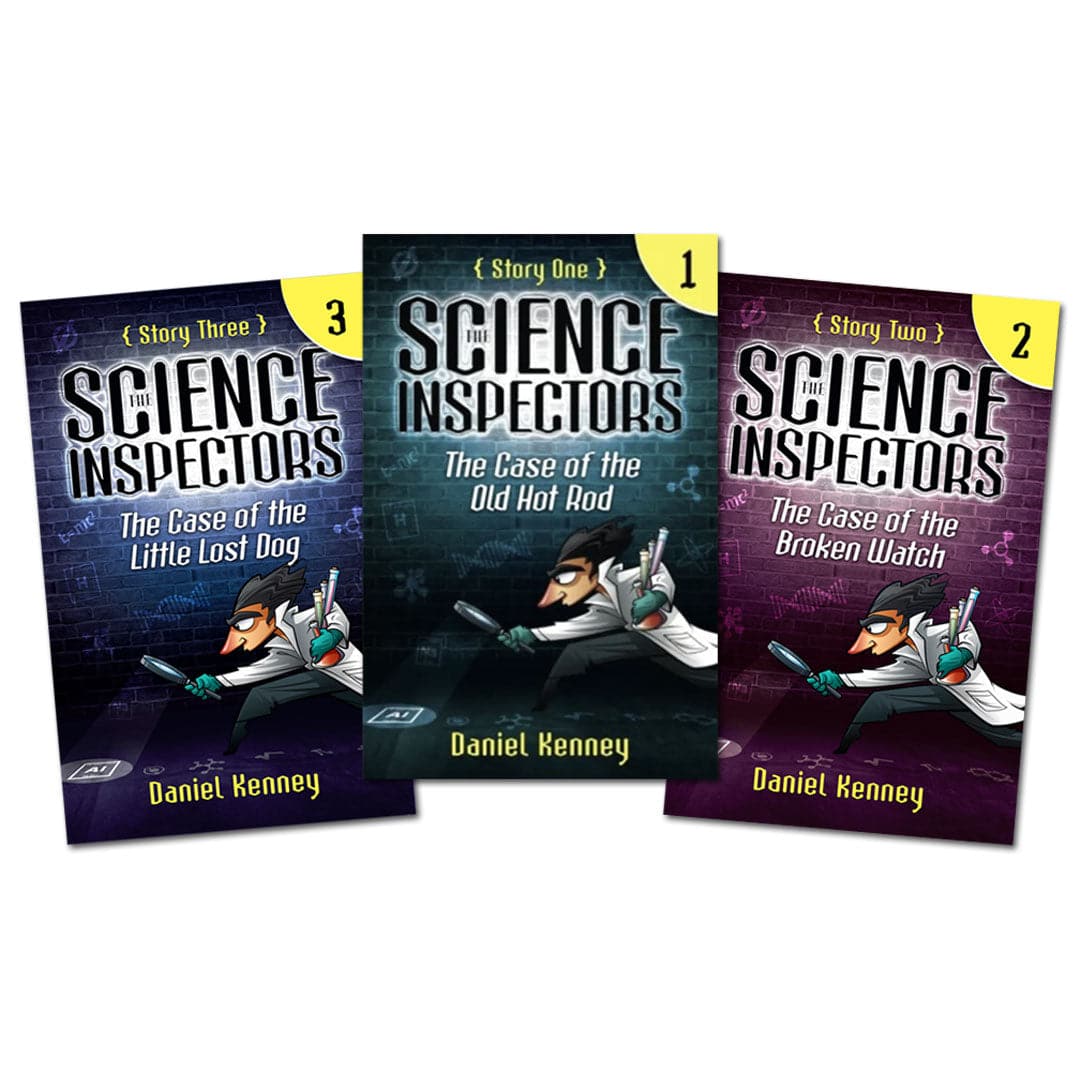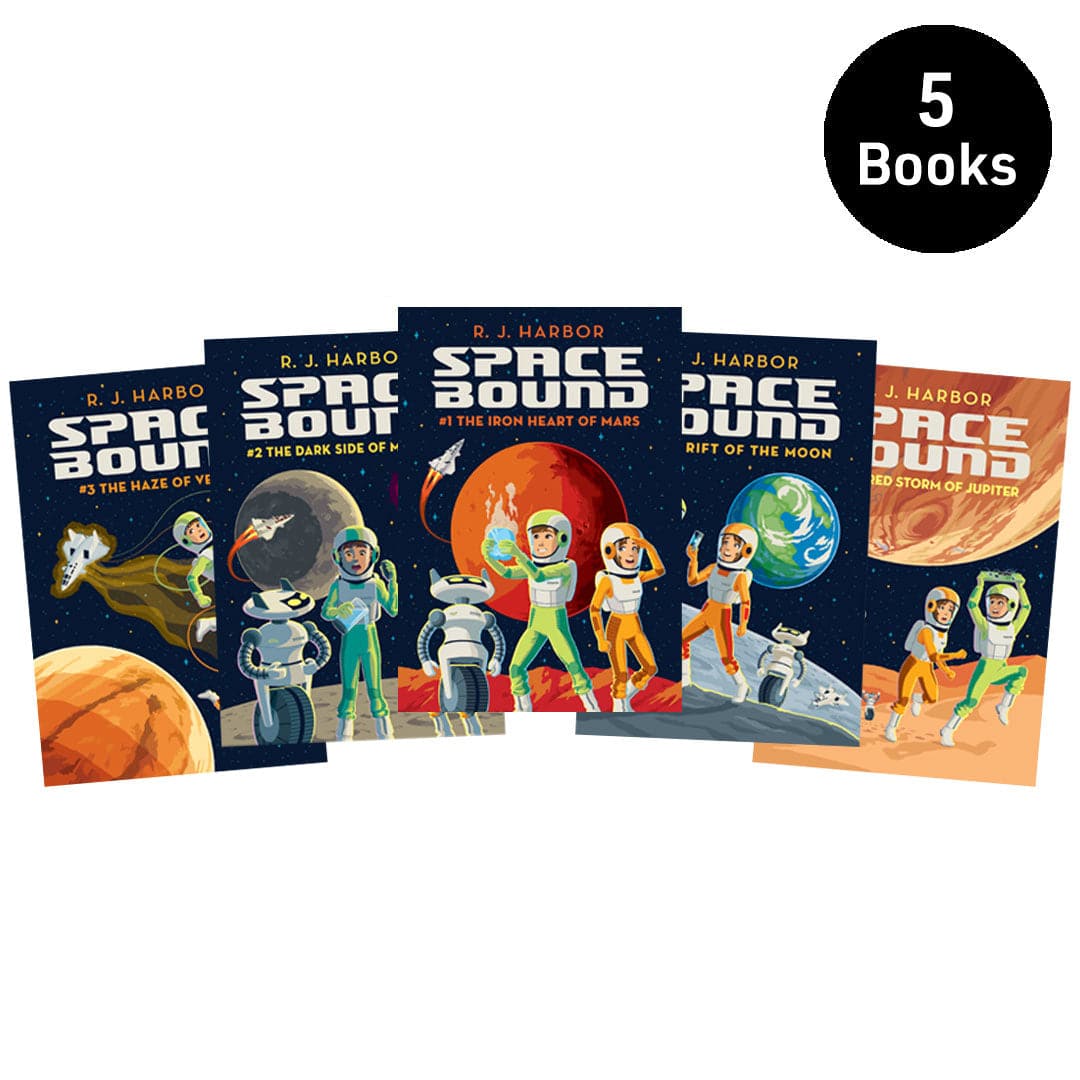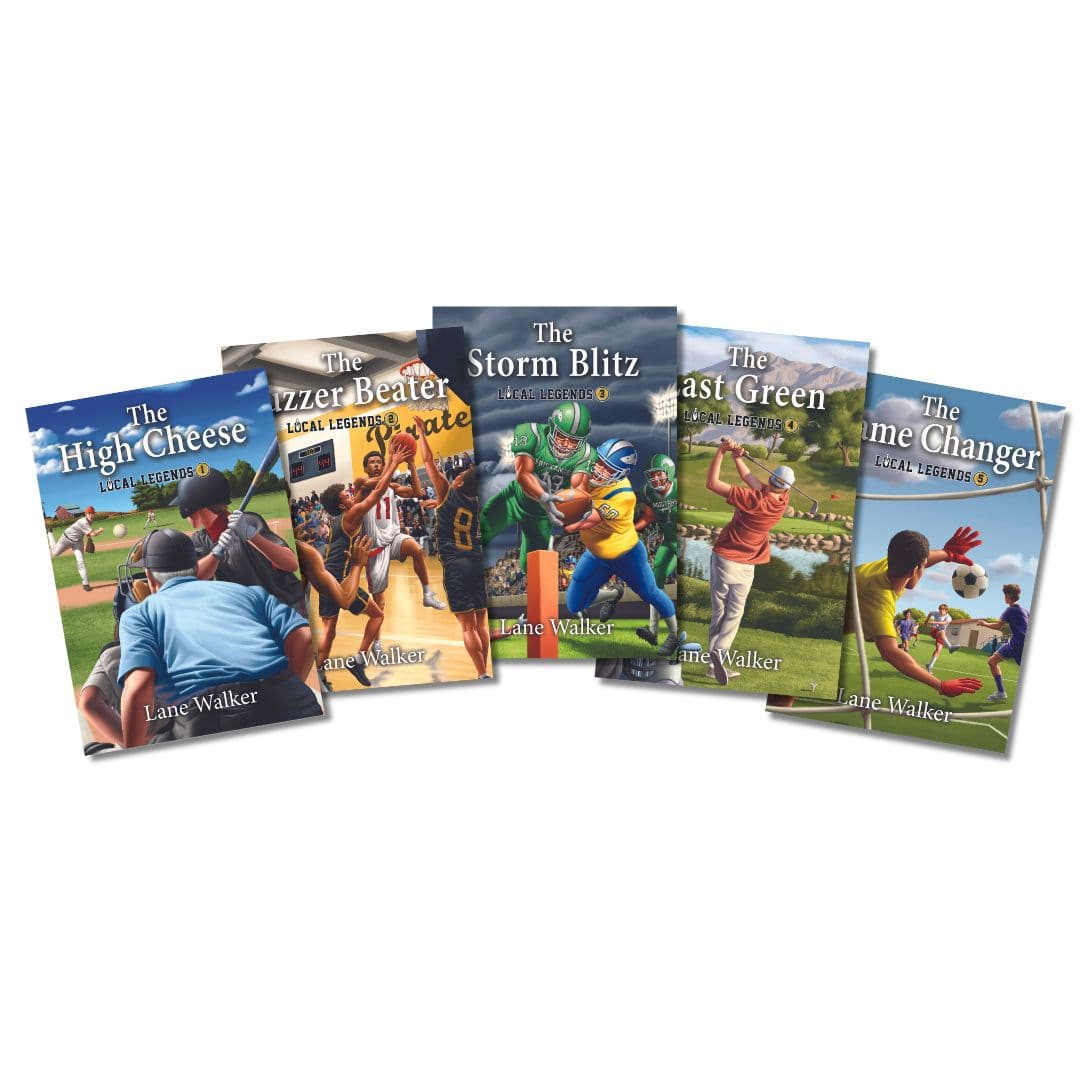Fiction vs. Non-Fiction Kids’ Chapter Books: A Parent’s Guide to Growing Young Readers
When children move beyond picture books, they enter the exciting world of chapter books. With short chapters, engaging stories, and age-appropriate language, chapter books mark an important milestone in literacy development. At this stage, many parents begin to wonder: should their child be reading fiction, non-fiction, or both?
The answer is simple...both! Fiction and non-fiction chapter books serve different purposes, build different skills, and together create a balanced reading experience. Let’s dive into what makes each unique, why they matter, and how you can help your child enjoy both.
Table of Contents
-
What Are Fiction Kids’ Chapter Books?
-
What Are Non-Fiction Kids’ Chapter Books?
-
Fiction vs. Non-Fiction: A Side-by-Side Comparison
-
Why Both Types of Books Matter
-
Suggested Reading by Age Group
-
Tips for Parents and Educators
-
Final Takeaway
What Are Fiction Kids' Chapter Books?
Fiction chapter books for kids are designed to entertain, engage, and spark imagination. They feature characters, plots, and settings that may be completely invented or loosely based on everyday life.
-
Examples of Popular Fiction Series:
-
Junie B. Jones by Barbara Park – humorous school adventures.
-
The Magic Tree House by Mary Pope Osborne – time-travel adventures blending story with history.
-
The Campground Kids – an outdoor adventures traveling to National Parks.
-
Geronimo Stilton by Elisabetta Dami – quirky adventures with bold fonts and illustrations.
-
Benefits of Fiction:

-
Builds imagination and creativity.
-
Helps children explore emotions and relationships.
-
Improves understanding of story structure (beginning, middle, end).
-
Encourages empathy by letting kids “walk in someone else’s shoes.”
For many children, fiction is their first “gateway” into loving books because they bond with characters and look forward to their adventures.
What Are Non-Fiction Kids’ Chapter Books?
Non-fiction chapter books focus on real-world knowledge while still being written in a style that children can enjoy. These books often use storytelling techniques to make facts more engaging.
-
Examples of Popular Non-Fiction Series:
-
Who Was…? / What Was…? series – kid-friendly biographies and historical topics.
-
I Survived by Lauren Tarshis – fictionalized perspectives on real events, with facts included.
-
National Geographic Kids Readers – accessible science and nature topics.
-
Women in Science by Rachel Ignotofsky – beautifully illustrated mini-biographies.
-
Benefits of Non-Fiction:

-
Encourages curiosity and independent research skills.
-
Expands vocabulary with real-world terminology.
-
Builds background knowledge useful for school subjects.
-
Helps kids connect reading to their interests (animals, sports, outer space).
Non-fiction appeals strongly to kids with topic-based obsessions (dinosaurs, sharks, inventors, athletes).
Fiction vs. Non-Fiction: A Side-by-Side Comparison

Why Both Types of Books Matter
Fiction and non-fiction may seem like opposites, but in reality they complement each other beautifully. Fiction helps children develop empathy by allowing them to see the world through a character’s eyes, while also encouraging imagination and creativity. Non-fiction, on the other hand, grounds young readers in the real world by feeding their curiosity and giving them knowledge about people, places, and events. When children read both, they gain the ability to dream and to question, to imagine possibilities and to understand facts. This balance not only supports academic growth but also fosters a lifelong love of learning, giving kids the tools to explore stories and information with equal enthusiasm.
Suggested Reading by Age Group
Here’s a handy list to help parents find age-appropriate books across both categories:
Ages 6–8
-
Fiction: The Campground Kids, Junie B. Jones, The Princess in Black, Amelia Bedelia Chapter Books
-
Non-Fiction: Who Was Albert Einstein?, National Geographic Kids Readers: Level 2, Solar System (DK Find Out!)
Ages 8–10
-
Fiction: Space Bound, The Magic Tree House, Geronimo Stilton
-
Non-Fiction: What Was the Titanic?, I Survived (historical events), Everything Mythology (National Geographic)
Ages 10–12
-
Fiction: Local Legends, Percy Jackson and the Olympians, Because of Winn-Dixie, Wonder
-
Non-Fiction: Brown Girl Dreaming by Jacqueline Woodson, Women in Science, Who Was Nikola Tesla?
Tips for Parents and Educators
-
Offer Choice: Let kids pick books that interest them—ownership fuels motivation.
-
Mix It Up: Balance fiction and non-fiction to keep reading fun and educational.
-
Read Together: Discuss what’s happening in the book, whether it’s a character’s feelings or a scientific fact.
-
Model Reading: Show kids that you enjoy both novels and informational reading.
-
Use Interests as a Hook: If your child loves soccer, start with a biography of a famous player alongside a sports-themed fiction series.
Image example:
Final Takeaway & Fun Challenge for Families
Fiction and non-fiction kids’ chapter books do not compete with each other. Instead, they work together to raise curious, imaginative, and well-rounded readers. Fiction sparks creativity and empathy, while non-fiction builds knowledge and curiosity about the world. By encouraging both, you give your child the best of both worlds.
Try this at home: set up a “Fiction vs. Non-Fiction Challenge” with your child. Have them choose one fiction book, perhaps from our Bakken Books collection, and one non-fiction book on a topic they love. After finishing both, ask them which one they enjoyed more and what they learned. You can even make it a family activity by choosing your own fiction and non-fiction books and comparing notes together at the dinner table.
This simple activity motivates kids to read across genres and makes reading a shared family adventure. It also helps children discover that stories and facts can be equally exciting.

